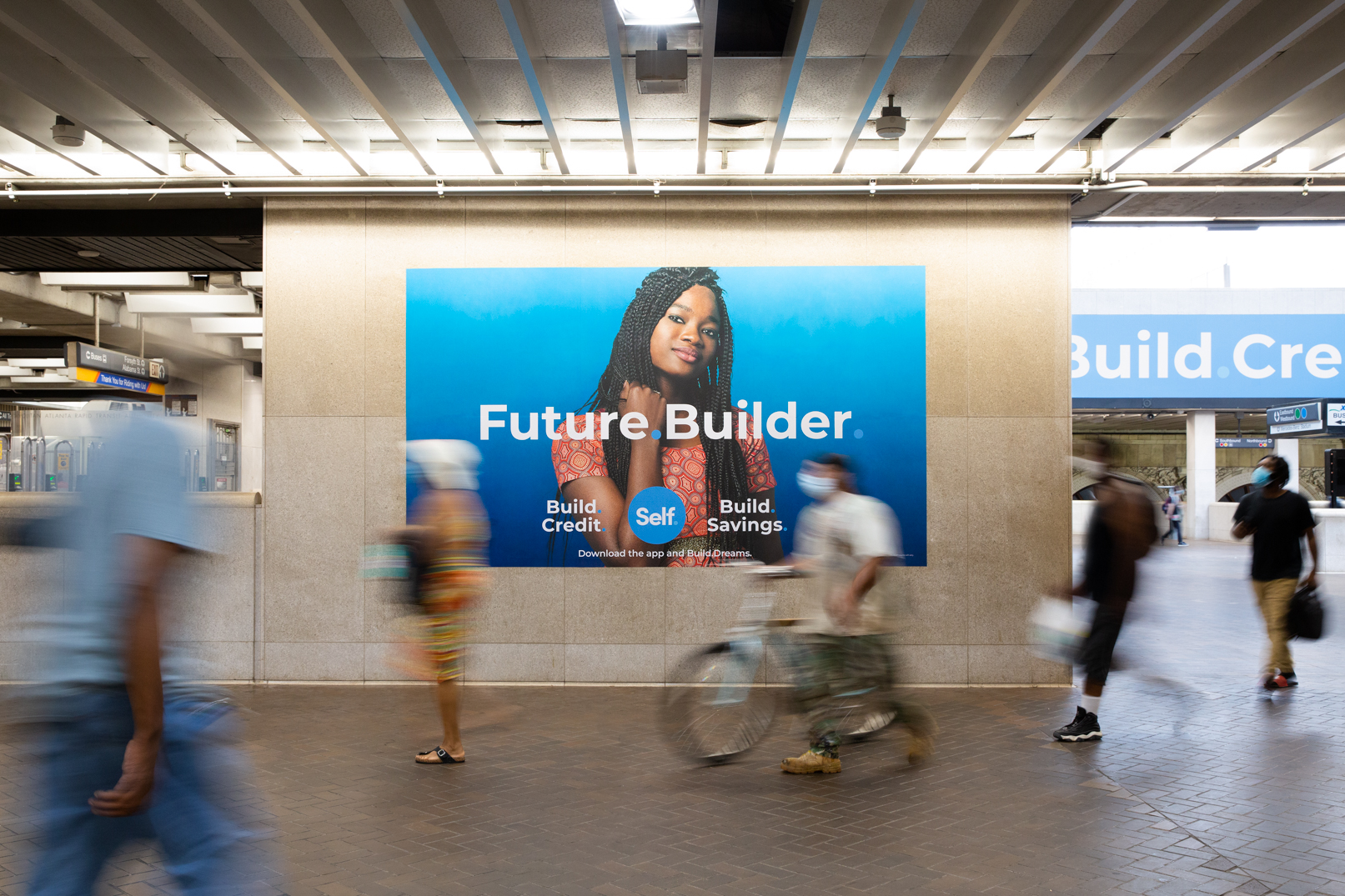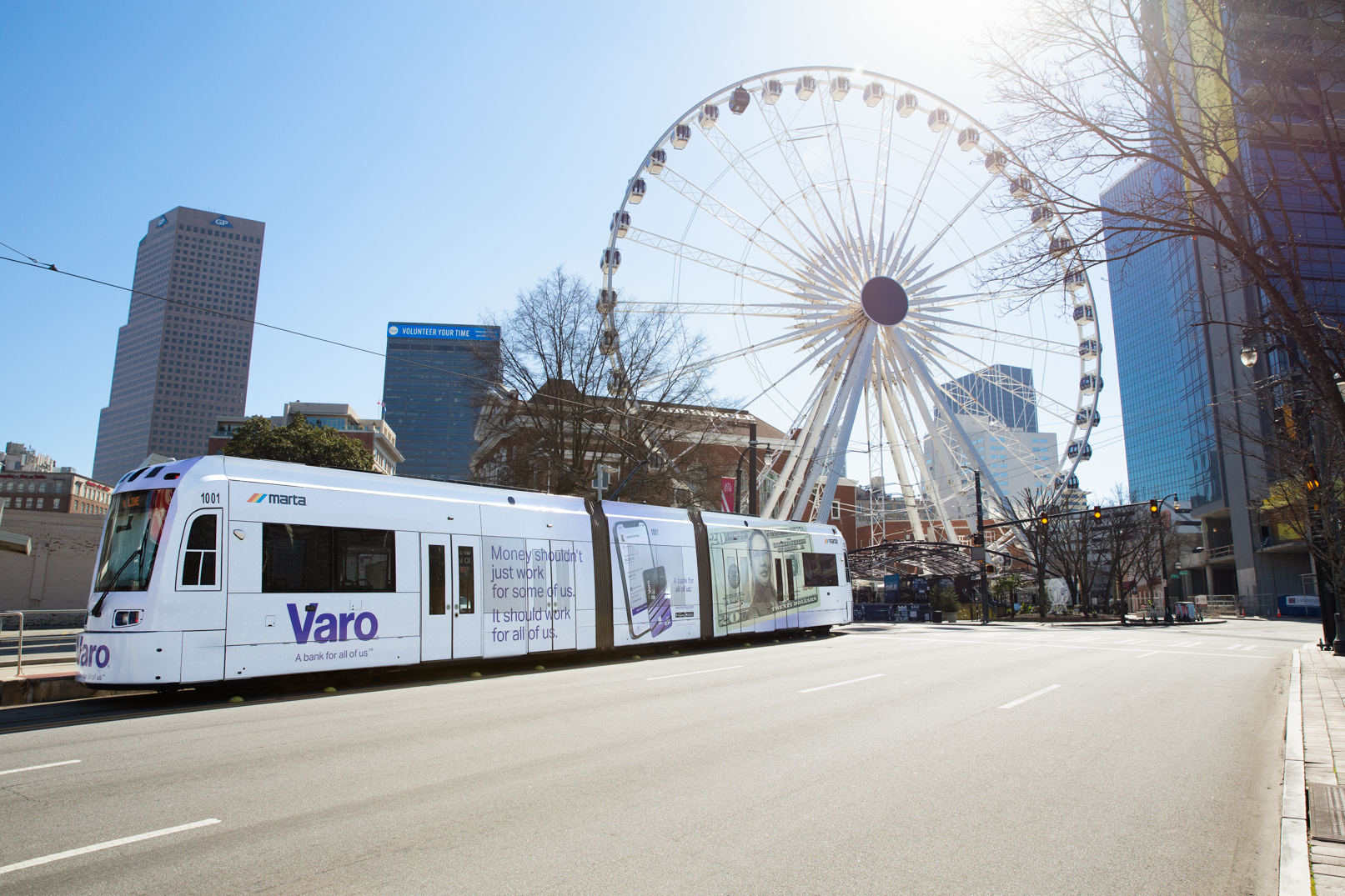
In many ways, different brands — sometimes even those in direct competition — act as role models for one another. This is especially true in advertising, where a campaign approach or marketing strategy can begin with one company and be adopted, modified or built upon by dozens of others.
When it comes to investments in out-of-home (OOH) advertising, your brand can look toward other startups, industry leaders and competitors for ideas on how to proceed both before and after funding. Here’s a look at the most relevant patterns emerging among companies like yours.

When a business hasn’t yet secured funding, it’s even more important than usual to find creative — and persuasive — ways to win attention and maintain revenue, relevance and brand affinity. For many, this means utilizing OOH advertising as a springboard, launching toward future success.
The key elements of an OOH campaign before funding include:
Early in their lifetimes, companies tend to take a surgical, strictly strategic approach to OOH advertising. Brands without funding are often uncomfortable taking risks with new consumers, so their OOH ads target highly specific audiences. This doesn’t equate to a lack of creativity; rather, it puts more emphasis on taking risks only when the returns look especially promising.
Before funding, every dollar counts. Brands must make careful decisions to get the most out of their ad spend, which is why many turn to OOH: every dollar spent on OOH translates to approximately $2.80 in sales, according to the Out-of-Home Advertising Association of America (OAAA). To make the most of this benefit, companies may test their content in less expensive, more generalized markets like Dallas or Atlanta.
OOH doesn’t just create benefits itself — it also helps empower existing advertising strategies. According to the OAAA, “OOH is 382% more effective than TV, 200% more effective than print and 63% more effective than radio in driving consumers online.” That means other digital approaches, like a social media campaign or new website launch, can be made more effective with OOH.
While these OOH campaign elements are common among brands before funding, expectations change once funding has been secured. With new financial freedom comes fresh opportunities, which means companies can approach OOH in different ways.
When a company is relying exclusively on its own resources, OOH is primarily a tool for garnering attention and enabling growth. After funding, however, OOH no longer needs to be a springboard; instead, it becomes an enhancement for the brand’s story and offering.

Here’s a look at how a brand’s OOH approach evolves with financial backing:
While format and media choices tend to be conservative before funding, a bolstered budget means companies can favor their more creative sides. Larger formats, splashier units and more iconic placement become the keys to a noteworthy OOH campaign. Risks are viewed as a chance to stand out rather than a serious threat to the company’s financial health.
Many brands use OOH advertising as a way to “hold their own” in competitive markets until they can secure more reliable resources. Once that money comes through, the definition of success changes and ads can focus more on brand awareness and appealing to new customers.
At this point, a brand is more comfortable with its place in the market and its role in the lives of consumers. When this information is combined with the financial backing necessary to utilize it, businesses feel confident speaking to customers with a unique voice or fresh approach, creating new trends rather than just following them.
No matter where you are in your company’s financial journey, it’s smart to take cues from the brands that have invested in OOH previously. However, just looking at the facts often isn’t enough to solidify your path forward; it’s necessary to look even closer to identify patterns and make connections.
Let’s pull back the curtain and see why brands are investing in OOH in these ways.
No matter when or why you’re investing in OOH, you likely have one task: exponential growth. You want your company to be “the next unicorn” — a standout, one-in-a-million brand that tells stories, wins customers and sells products or services in unforgettable ways.
At Billups, we’ve seen brands achieve “unicorn status” before, and we know it takes one thing to stand out from the crowd.
That one element is intent.
When you invest in OOH, you must do so with clear goals in mind, using the unique opportunities afforded by this technique to propel you toward success. This, of course, raises a significant question, one that may be the most important thing to ask in any advertising scenario: “How do I know if it’s going to work?”
We recommend answering this question based on the patterns we’ve seen among brands that invest in OOH:
These patterns are, of course, only the beginning. There’s plenty more to learn about out-of-home investments and how to navigate an ever-changing ad market — all you need to do is start looking.
Whether you know exactly how you’d like to invest in OOH or you’re still navigating the challenges of securing and utilizing fresh funds, one thing is clear: You don’t have to take this journey alone. By watching other brands and noting their habits, patterns and preferences, you can decide what you want your OOH experience to look like.
Explore our blog for even more thought leadership on OOH and its place in building your brand’s future, or get in touch today to start your OOH journey.
These Stories on Out-of-Home
Don't worry—we won't share your information.